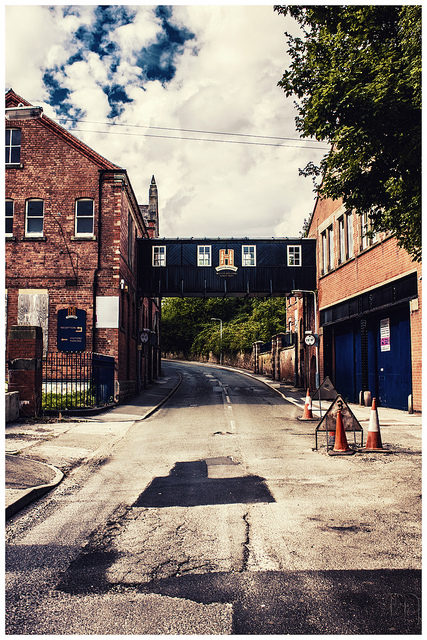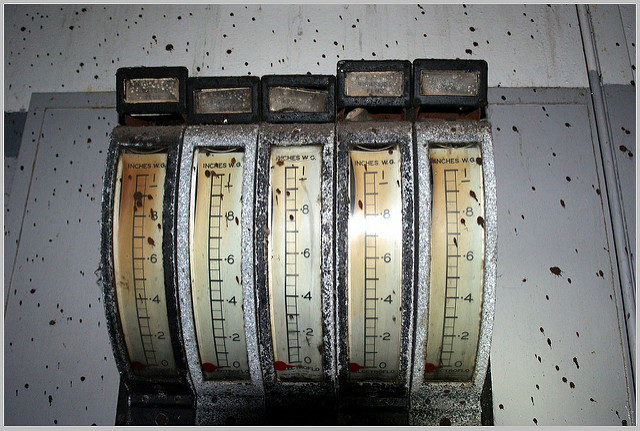Kimberley is a town in Nottinghamshire, England. Throughout its history, it grew as a coal mining and hosiery manufacturing center. Kimberly also has a vibrant history of brewing beer. In 1832, with nothing but his enthusiasm and some water from the Alley Spring, Samuel Robinson founded the first commercial brewery in the town in a rented bake-house on Hardy Street.
But the history of brewing goes much further back. The earliest document describing the brewing process is an ancient Egyptian papyrus scroll dating from 5,000BC, however, archeological remains show evidence that beer was drunk as early as 10,000BC in Mesopotamia and soon spread across northern Europe. By the early middle ages, domestically brewed beer or ale had become one of the most popular drinks in Europe, especially in countries like England where it was difficult to grow grapes for wine. Monasteries, producing beer either for their own consumption or as a way of payment, introduced a number of innovative techniques and became the preeminent brewers of the period.


During medieval times the per capita consumption grew from 300 litres per year to some 700 litres in the 17th century. The brewing process was so important to the British that the Brewers Company of London at one point stated: no hops, herbs, or other like thing be put into any ale or liquore wherof ale shall be made—but only liquor (water), malt, and yeast.

Even the notable English antiquary and natural philosopher John Aubrey wrote a verse:
Greeks, Heresie, Turkey-cocks and Beer
Came into England all in a year.
Back in Kimberly, Robinson was not alone in his journey to create the perfect ale. He was soon joined by Stephen Hanson, who founded Hansons Limited on Brewery Street in 1847, also sourcing his water from the Alley Spring. Robinson continued to run his brewery until 1857, when he sold the facility to William and Thomas Hardy, two businessmen from Heanor.

They continued to operate from the former bake-house for some time but eventually relocated their business to newly erected buildings in 1861. That same year Stephen Hanson died, leaving his son Robert Hanson to carry on the business with the help of his mother Mary.

A friendly rivalry gradually formed between the two brewing companies. They competed by purchasing local pubs where they could serve their own ales. Both Hardy’s and Hanson’s were a great help to the area because they provided one the most reliable sources for employment.

After a number of decades, both breweries found their businesses came into jeopardy as the spring began to run dry. As a result, they agreed that the water from the local Holly Well spring would be shared between them. The water from this spring proved to be excellent for brewing and both companies benefitted. They thrived independently until 1930.

With increasing competition in the market and given the fact that the Hardy’s Brewery had no male successor, it became clear that the breweries had no choice other than to join forces in order to survive.

The businesses merged and thrived for years. But in 2006, the Hardys & Hansons Kimberley Brewery and all of its public houses were put up for sale. And in a multimillion-pound deal, Greene King Brewery became the new owner.

Greene King brought an end to the brewing tradition in Kimberley. They sold the site and moved the distribution centre to Eastwood, a former coal mining town in the Broxtowe district of Nottinghamshire, England.

The brewing of the limited number of beer brands was transferred to the main Greene King site at Bury St Edmunds. This market town in Suffolk, England is also home to the Old Cannon Brewery and the Bartrums Brewery.
Today, Greene King stands as the UK’s largest pub retailer and brewer, while Kimberley Brewery exists only as an urban exploration attraction, a place where thrill seekers satisfy their need for adventure.

There has been much dispute over whether the old brewery should go and a new housing project takes its place. Local resident representatives continue to protest that redevelopment would destroy the character and spirit that these 19th-century buildings offer.
